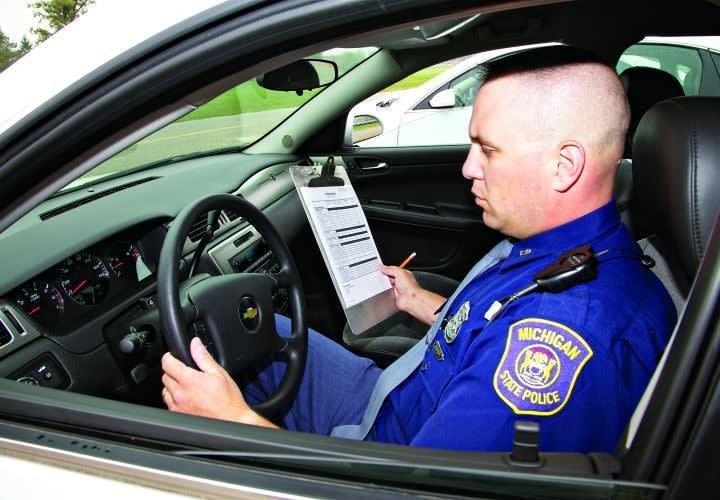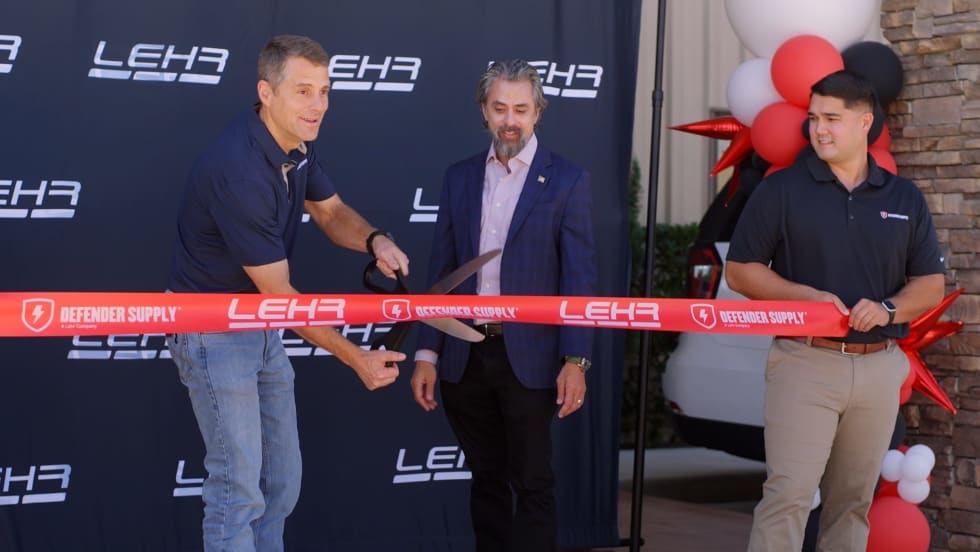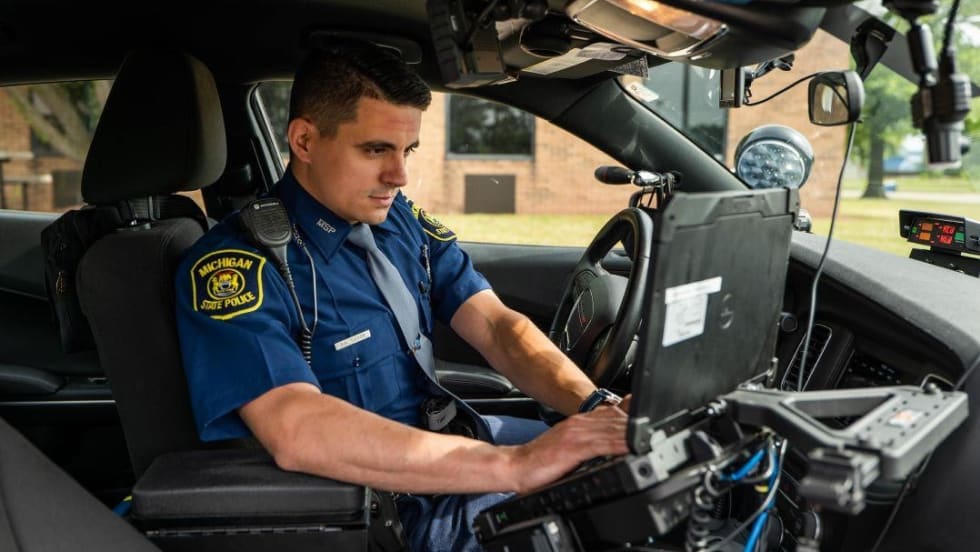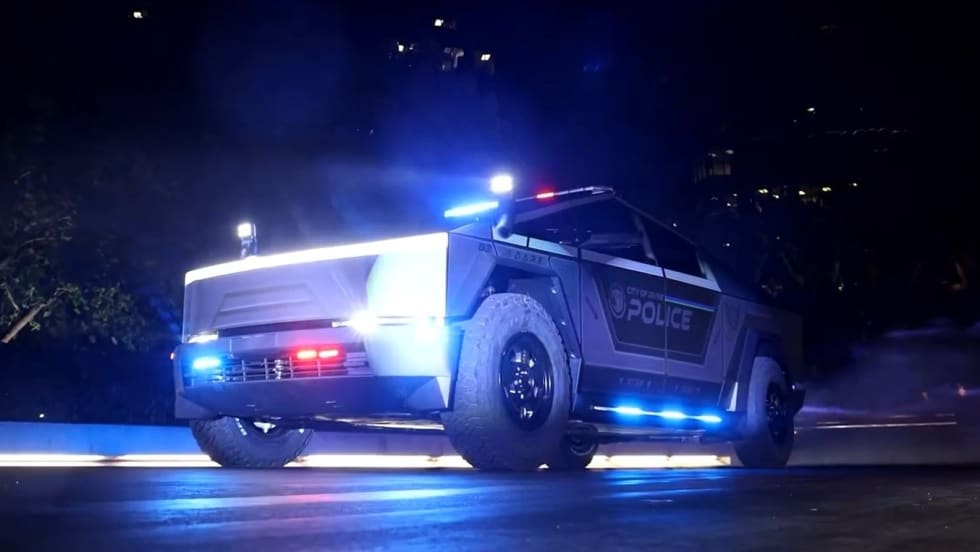Ford's Interceptors will arrive with police-specific brakes offering rotors with more surface area and a larger pad than the Crown Vic. The new Ford has an 18-inch wheel compared with the Crown Vic's 17-inch wheel.
VIDEO: Ford Crown Vic Police Interceptor
Ford's all-wheel-drive P.I. (non-turbo) needed 126.6 feet to reach a dead stop from 60 mph, an improvement of 15 feet over the Crown Vic. The Chevy Caprice was nearly its equal, stopping in 128.3 feet, 11.5 feet shorter than the Chevy Impala. The 5.7-liter Dodge Charger shaved 10 feet from the 2010 model, needing 133.9 feet to stop.
It is not unusual for manufacturers to make modifications of their new police vehicles after the MSP testing in preparation for the Los Angeles County Sheriff's Department vehicle testing in November. This year, for example, Chrysler decided to change the axle ratio on the Charger Pursuit for the LASD test. David Callery, police and emergency response vehicle program manager for Chrysler, says the alteration does not mean the company was unhappy with the Charger's score at the MSP test.
"Overall we were very pleased," says Callery, who is a retired New York state trooper who once managed the agency's massive vehicle fleet. He explained that the reason the company was testing a different axle ratio at the LASD evaluation was to see if it will give the Charger more midrange acceleration, what troopers call "closing speed."












